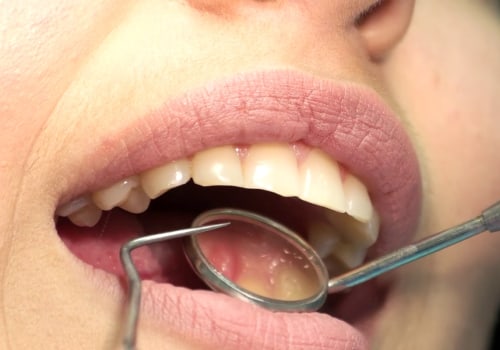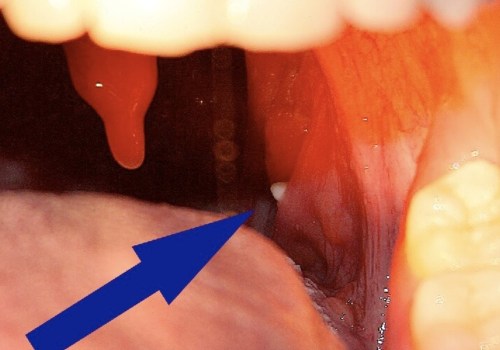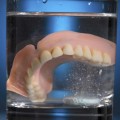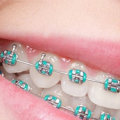Having a bright, white smile is something that many people strive for. Professional whitening treatments can help you achieve this goal, but it's important to understand the process and the potential risks involved. Professional whitening can be done in a dentist's office in about an hour. The procedure consists of applying a teeth whitening gel containing between 25 and 40% hydrogen peroxide and then placing a special heating lamp on the teeth for three intervals of 20 minutes, and reapplying the gel between the intervals.
Some dentists may also use a laser, which reportedly accelerates or activates the whitening process. During the whitening procedure, a protective barrier is used to keep the lips, gums, and tongue away from the whitening gel so that it stays in place on the teeth. For optimal results, the dentist will usually give you molded whitening trays for your teeth so that you can follow up at home with whitening solutions. The American Dental Association continues to recommend dentist-supervised whitening as the safest for tooth enamel. In addition to freshening your breath and reducing dental plaque and gum disease, these products also include whitening agents such as peroxide that whitens teeth.
Whether people use over-the-counter teeth whitening products or seeking care from a dental provider, the effects of either method typically last up to three years. The active ingredient in teeth whiteners available at dentists or pharmacies is peroxide (hydrogen or carbamide). A dentist will examine your teeth and provide you with an analysis of the color of your teeth that will include the reason your teeth have darkened, the fact that existing restorations may not change color, and recommendations on a teeth whitening regimen that fits your needs. The first step should be to see your dentist, whether you're planning to undergo professional whitening treatment or want to try an over-the-counter product. A dentist can devise the best whitening options for you and oversee a treatment plan to avoid complications. Your dentist will let you know if you have any conditions that don't respond well to discoloration or that could be worsened by discoloration.
The dentist can also adjust the bleach concentration and give you a desensitizing agent to use before or after the application. Try talking to other people who have received the same treatment, or visit another dentist for a second opinion until you feel safe. The dentist will take custom molds of your teeth and create tight-fitting application trays made of flexible plastic. The American Dental Association (ADA) recommends that if you decide to whiten your teeth, see a dentist first. The dentist will take an impression of your teeth to make a mouth guard and will tell you how to use it with a whitening gel.
If you decide to buy whitening products at the pharmacy, look for the seal of approval from the American Dental Academy. When considering professional tooth whitening treatments, it's important to understand all of your options and potential risks involved. Talk to your dentist about what type of treatment is best for you and make sure they are aware of any medical conditions or allergies that could affect your treatment plan. With proper care and maintenance, professional tooth whitening treatments can help you achieve a brighter smile. By Shawn Watson
Shawn Watson is a dental assistant and orthodontic writer with more than 10 years of experience working in the field of dentistry.






